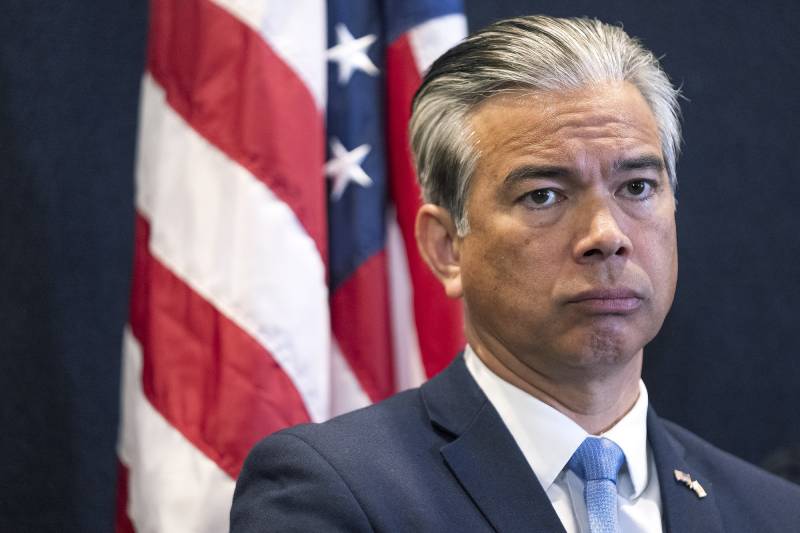“These time-honored University partnerships have led to some of the most powerful and impactful research discoveries in human history,” the UC Office of the President said in a statement on Monday. “Life-saving treatments for cancer, diabetes, heart attacks, and strokes, including in children, and new technologies and industries that translate into hundreds of thousands of well-paying jobs are all at risk.”
Stanford University administration also expressed concerns about what the NIH’s indirect funding cap could mean for its research initiatives. In a statement released Saturday, Stanford leadership said the cuts would amount to $160 million, which would have otherwise gone toward research infrastructure, including lab equipment and staff.
Benjamin Good, an assistant professor of applied physics at Stanford who studies the evolution of the human microbiome, said the NIH provides his lab with the majority of its funding — the same is true for other small labs and research projects. Without sizable NIH grants, a lot of these labs are in jeopardy, and that could mean losing out on new research and medical advancements, he said.
“By cutting out investment in these basic discoveries now, we could really be hampering our nation’s competitiveness in the kinds of technologies we could have access to down the road,” Good said. “Science is a public good. … It’s really important that our country keeps contributing to it in the future. It’s one of the main ways we’ve been as successful as we have been.”
Officials at California State University, which received nearly $160 million in NIH funds in the last audited year, said in a statement on Monday that cuts to funding jeopardize not only critical groundbreaking research but also opportunities for student innovation. The reduction in administrative overhead cost reimbursements will short the university of millions of dollars.
According to the NIH policy announcement, the federal agency spent more than $35 billion on research grants in 2023, and nearly $9 billion of the allocated funds were used by institutions to cover administrative overhead, which can be difficult for the NIH to steward. Under the new policy, the NIH would change its rates to align with private grant institutions, many of which set indirect cost reimbursement rates at 15% or below.
However, NIH is the largest funder of biomedical research, and its reach and impact cannot be compared to that of private donors, said Dr. Elena Fuentes-Afflick, a chief officer at the Association of American Medical Colleges. Grant foundations fund a small percentage of research projects, and those research initiatives tend to be more narrow than the ones funded by the NIH.
“The impact of NIH funding on Americans cannot be overstated,” Fuentes-Afflick said. “If you have had diabetes, cancer, cardiovascular diseases … chances are that your treatment, your evaluation and your diagnostic testing has been impacted by research funded by the NIH.”
She added that cuts in research funding would affect the economy as well. The NIH funds over 400,000 jobs, according to a report by United for Medical Research, and the new policy could jeopardize thousands of opportunities for employment.
KQED’s Sara Hossaini contributed to this report.

